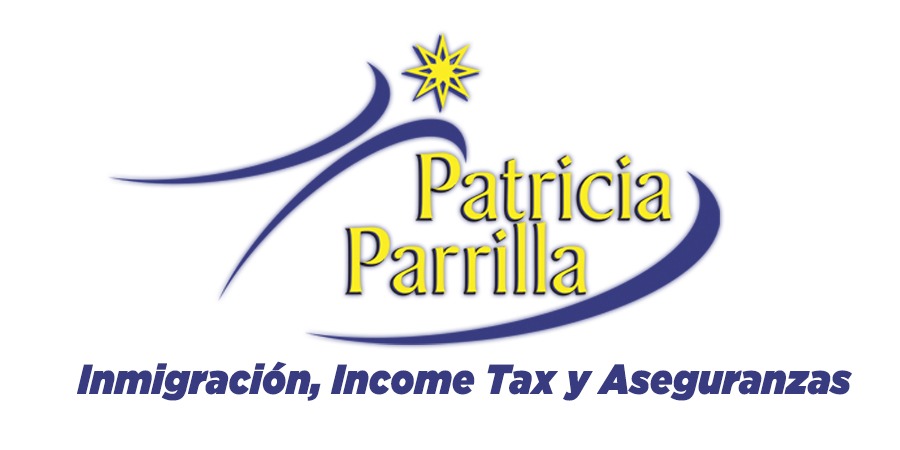
Distribution of the federal government’s economic impact payments, meant to counter the economic effects of the coronavirus pandemic in the U.S., is scheduled to start in the coming weeks, according to the U.S. Treasury Department. No action is required on the part of most taxpayers.
However, some seniors and others who normally don’t file a return will need to submit a simple tax return to receive a stimulus payment.
There are a few things the Treasury Department and the IRS want taxpayers to know about the payments and the process to distribute them.
Who is Eligible?
Taxpayers with adjusted gross income (AGI) of up to $75,000 for individuals and $150,000 for married couples filing jointly will get the full amount. Above the stated limits, the payment is reduced by $5 for each $100 above the $75,000 or $150,000 thresholds.
Single filers with income above $99,000 and joint filers making more than $198,000 with no children are not eligible.
Eligible taxpayers who filed tax returns for 2019 or 2018 will automatically receive a payment of up to $1,200 for individuals or $2,400 for married couples. Parents will also get $500 for each qualifying child.
How Will the IRS Know Where to Send It?
The IRS says the “vast majority” of taxpayers don’t have to take any action. The IRS will automatically calculate and send the payments to eligible taxpayers.
For those who’ve already filed their 2019 tax returns, the IRS will use this most recent information to figure the payment amount. If taxpayers have not yet file their return for 2019, their 2018 tax return will be used to calculate the payment.
The economic impact payment will be deposited directly into the same banking account used on the return that was filed.
If the IRS Doesn’t Have Your Direct Deposit Information
Treasury plans to develop a web-based portal for individuals to provide their banking information to the IRS online, so that taxpayers can get payments immediately, as opposed to waiting for a check in the mail.
Not Required to File a Tax Return?
People who typically don’t file a tax return will need to file a simple return to receive an economic impact payment. Low-income taxpayers, senior citizens, Social Security recipients, some veterans and taxpayers with disabilities who are otherwise not required to file will not owe tax.
How to File the Necessary Return
The IRS will soon provide instructions on IRS.gov/coronavirus on how to file a 2019 tax return with simple—but necessary—information, including their filing status, number of dependents and direct deposit bank account information.
Didn’t File in 2018 or 2019?
You can still receive a payment. The IRS urges anyone with a tax-filing obligation who hasn’t yet filed a return for 2018 or 2019 to do so as soon as they can in order to receive a stimulus payment. Taxpayers should include direct deposit banking information on the return.
How Long are the Payments Available?
For those concerned about visiting a tax professional or otherwise getting help to file with a tax return, the economic impact payments will be available throughout the rest of 2020.
Need More Information?
The IRS will post all key information on IRS.gov/coronavirus as soon as it becomes available.
Keep in mind, the IRS has a reduced staff in many of its offices but remains committed to helping eligible taxpayers receive their payments in a quick and efficient manner. Check for updated information on IRS.gov/coronavirus instead of calling the IRS help line, where operators are trying to help taxpayers file their 2019 returns.

 Patricia Parrilla Tax Services
Patricia Parrilla Tax Services